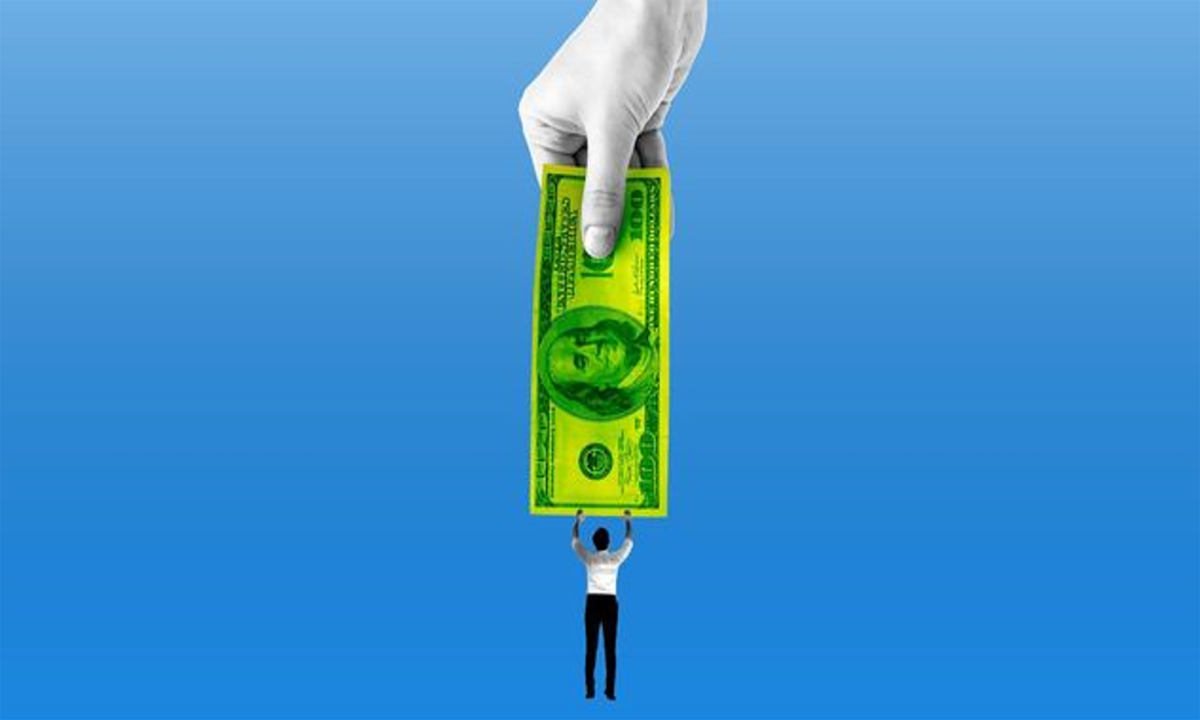Economy, eNews
Inflation and global conflicts drive up food prices

The March consumer price index (CPI) showed a 3.5% increase compared to March 2023—while the probability of a June rate cut has quickly plunged from 56% to 17%. Though March’s inflation reading was significantly down from the pandemic-era peak in 2022 (the highest level since 1981), it remains above the Fed’s overall target of 2%.
Why it matters: Credit professionals should closely monitor these inflation trends to anticipate potential impacts on their credit portfolios and adjust risk management strategies accordingly.
A February Consumer Food Insights Report showed U.S. consumers predicted they would see an increase in food prices over the next 12 months. Because of the combination of inflation, supply chain disruptions and tariffs on foreign imports, food prices have steadily risen since 2020.
Food inflation is also associated with several factors including heatwaves, excessive rain or other unpredicted weather, unseasonal or deficient food, pest attacks, illness and the increased cost of fertilizer. A recent report by the U.S. Department of Agriculture (USDA) estimates recent cases of avian influenza or “bird flu” at egg facilities in Texas and Michigan impacted nearly six million egg-laying hens. But two years after battling the epidemic, the national egg supply has been slow to recover—pushing egg prices higher than expected. The outbreak reduced the egg supply while demand remained consistent, ultimately leading to higher prices.
“Any time inflation is high there is an impact on food prices and consumer choice regarding the food they eat,” said Jason Mott, CCE, corporate credit manager at MFA Incorporated (Columbia, MO). “A consumer may decide to switch from a filet mignon steak to a top sirloin steak or even to another protein option such as chicken. Consumer choice affects supply and demand, and this is no different in the agricultural sector.”
By the numbers: The latest CPI shows the price of eggs rose 4.6% from February to March with overall food prices predicted to increase 2.2% this year, according to the USDA.
- Food-at-home prices are predicted to increase 1.2%, with a prediction interval of -1.1 to 3.7%.
- Food-away-from-home prices are predicted to increase 4.2%, with a prediction interval of 3.3 to 5.1%.
From a global standpoint, the nearly two-year ongoing Russian-Ukraine war has added pressure on the economic capabilities of both parties. This has trickled into both global food product supply chains and oil exports. Ukrainian soil is known for its fertile grounds to grow crops and graze livestock—but the damage done by armed conflict has impacted farmland and Ukraine’s ability to trade grain through international agricultural markets. Without access to grain storage facilities and infrastructure to continue the export of wheat, corn and other commodities will pose a long-term threat to Ukraine’s agriculture.
“In terms of world nutrition, Ukraine is a huge deal,” said NACM Economist Amy Crews Cutts, Ph.D., CBE. “The Russia-Ukraine conflict has posed a remarkable change in global dynamics for food and energy. Ukraine is a key player in global markets while Russia is a top exporter of oil. There is a volatile or spurious nature of the energy and oil sector because there will always be huge spikes and any country or group of countries can decide to restrict output or expand output.”
The inconsistent nature of volatility, adjusting to demand, then circling back to a new equilibrium is a key reason as to why the Federal Reserve does not typically include food and energy prices into overall inflation. “Nothing does more damage to the economy more quickly than rising oil and gasoline prices,” Mark Zandi, chief economist at Moody’s Analytics told CNBC. “It’s likely the upward trend will continue in coming months, and the dynamic negatively impacts consumer buying power and sentiment.”
The bottom line: Ongoing inflation exacerbated by global conflicts and supply chain disruptions, is expected to continue driving up food prices, impacting both consumers and businesses worldwide





